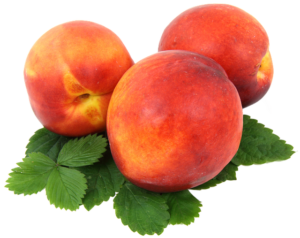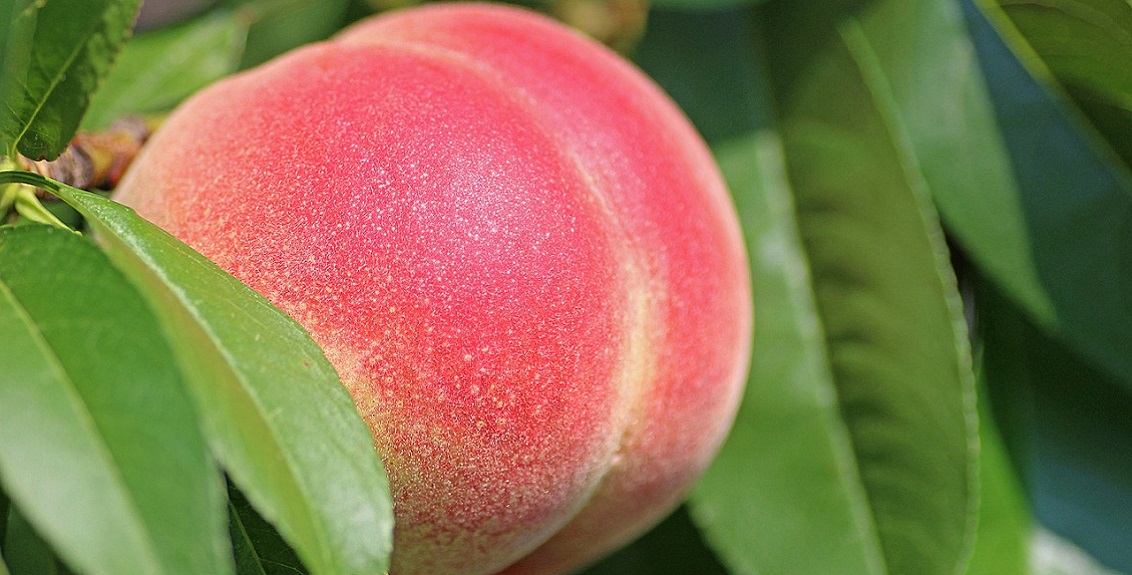The nectarine tree is in the prunus family, the same as an apricot, plum, or almond tree and even the lovely rose! It is a decorative tree that blooms with light, medium or dark pink flowers in the springtime. Fruits are decorative, delicious and healthy to eat. And the nectarine tree is supposedly easy to grow.
However, sometimes the leaves fall off and the flowers – so – no fruit. The leaves grow again and are lovely but sadly the flowers do not return. The problem is caused by Peach Leaf Curl and the solution is to spray the entire tree, copiously, with a Copper fungicide such as Bordeaux mixture, before the leaves turn for Autumn.
What is Peach Leaf Curl?
Peach leaf curl is a fungal disease of peaches, almonds, nectarines and occasionally apricots, which causes severely distorted leaves, making them fall prematurely.
Symptoms
You may see the following symptoms:
- Crumpled, thickened and distorted leaves, often red in colour.
- A white bloom of fungal spores on affected leaves.
- Diseased leaves fall rapidly, leading to defoliation and loss of vigour.
- Shoots and fruits are occasionally attacked.
Control
Non-chemical control
Where peaches are grown trained against a fence or wall, a rain shelter of plastic sheeting is very effective at preventing infection. It should cover the top of the tree and the front to within 30cm (12in) of the ground, but with the ends open to allow access for pollinating insects. It should be erected from January to mid-May. Keeping the emerging shoots dry in this way prevents infection and also gives useful frost protection. Prompt removal of infected leaves before the bloom of white spores appears will help reduce the amount of fungus carried over to the following year.
Chemical control
Fungicides containing copper (Vitax Bordeaux Mixture, Fruit and Vegetable Disease Control) give good protection. Spray in autumn just before leaf fall and twice, two weeks apart, in late January and early February.
Growing Tips

The best time to plant nectarine trees is in the autumn and winter if you live where frost is mild. Early spring is a good time in all locations and the best choice for areas where soils freeze — as soon as the soil is workable. But you are okay planting them at any time of the year so long as the ground isn’t icy or the soil doesn’t become hot and dry.
Plant your nectarine tree like any other tree in a hole that is twice as wide as deep. In the cool months you might be able to find bare-root trees with a better selection and price than the potted ones available during the active-growth months of the year.
Nectarines are grown pretty much the same as peach trees. They are closely related. Give them plenty of sun, well draining soil and regular fruit tree food in the spring and summer when in full growth.
Trim your nectarine tree to a vase shaped form. Nectarines are in a group called the ‘stone’ fruits — fruits with big pits like apricots and plums. All these trees do best trained with no central branches. The idea is to let the sun shine into the centre of the tree to ripen the fruit from the interior as well as the exterior.
If you live in a windy area, you will want to stake and tie your nectarine tree to support it when young. If you do stake your tree, remove the stakes within a year or two to allow motion and the proper development of roots. Set your tree with roots spread comfortably throughout the hole, back fill (including the base of the stakes) and water it in well.
